Halal Beauty Products: The Growing Market and Its Impact
flareAI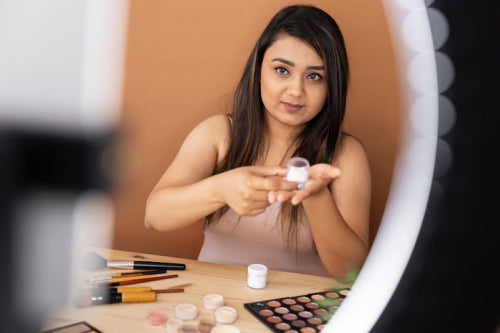
Quick Listen:
One force stands unyielding: the rise of halal-certified products. Imagine a bustling market in Kuala Lumpur, where shelves brim with creams and serums promising not just radiant skin, but spiritual alignment. Or envision a New York boutique, where a diverse clientele reaches for foundations that honor both their complexion and their convictions. This is the new reality of the beauty industry a realm where Islamic principles intersect with global consumerism, reshaping clean beauty into something profoundly inclusive. The halal beauty sector isn't merely growing; it's redefining ethical standards, with organic innovators like Liht Organics leading the charge toward a more equitable future.
Many women feel trapped by makeup that hides flaws but risks irritation and hidden toxins. This daily choice weighs heavily, dimming confidence over time. Liht Organics invites you to embrace beauty differently. With up to 90% USDA-certified organic ingredients, our vegan, cruelty-free products deliver vibrant color and gentle care, letting you glow with confidence, knowing your skin is nurtured, not compromised. Shop Now!
Defining Halal Beauty: Principles and Practices
At its core, halal beauty embodies a commitment to purity that transcends mere aesthetics. These products must exclude alcohol and any derivatives from animals prohibited in Islam, such as pigs, carrion, blood, or those from predatory creatures, reptiles, and insects. Even elements like human-derived components fall under scrutiny, ensuring every ingredient aligns with Sharia law. This rigorous exclusion extends to common beauty staples: think colorants sourced from insects or collagen pulled from non-halal animals, which are swiftly replaced by vegan counterparts akin to those in plant-powered cosmetics.
Yet, the essence of halal beauty stretches further, addressing the lived experiences of Muslim women. Formulations without alcohol, while challenging for items like perfumes or pandemic-era sanitizers sparking debates in places like Malaysia now prioritize gentleness and compliance. The entire supply chain, from research and development to packaging and distribution, must uphold these standards, creating a holistic ecosystem of trust. Innovations abound: breathable nail polishes, such as Inglot's O2M varnish or BCI's H varnish, allow for ablution without removal; specialized shampoos like Unilever's Sunsilk Hijab or Safi's Shayla target hair strained by constant coverage; and quick-absorbing moisturizers, exemplified by Unilever's Pureline Hijab Fresh, cater to hijab-wearers seeking hydration without residue.
This framework isn't isolated to faith-based consumers. It dovetails seamlessly with the clean beauty ethos, emphasizing natural, organic ingredients free from synthetics and harm. As ethical consumerism surges, halal certification emerges as a badge of broader integrity cruelty-free, sustainable, and transparent. For brands, it's an invitation to elevate their offerings, blending religious observance with universal values of wellness and respect.
The Explosive Growth of the Halal Cosmetics Market
The numbers tell a compelling story of momentum. Globally, the halal cosmetics sector is on a trajectory of remarkable expansion. Projections from Mordor Intelligence peg the market at USD 48.24 million in 2025, forecasting a climb to USD 80.12 million by 2030, propelled by a steady 10.68% compound annual growth rate. Asia Pacific dominates as the largest hub, while the Middle East and Africa signal the quickest acceleration, underscoring a low-concentration landscape ripe for agile entrants.
Even more ambitiously, Persistence Market Research anticipates the market swelling from US$ 53.7 billion in 2025 to US$ 120.2 billion by 2032, achieving a 12.2% CAGR. This surge stems from heightened ethical consumerism, a burgeoning Muslim demographic now over 25% of the world's population as of May 2025 and amplified awareness of halal seals. Shoppers crave formulations devoid of pernicious or impermissible elements, harmonizing religious tenets with health priorities across skincare, haircare, makeup, and personal care, distributed through varied channels from boutiques to online portals.
Zooming into Southeast Asia, the halal skincare niche exemplifies regional fervor. Credence Research details a market valued at USD 1,224 million in 2024, set to burgeon to USD 2,720.69 million by 2032 at a 10.50% CAGR. From 2019-2022 historicals to a 2023 base year, this ascent mirrors escalating awareness of halal goods and fervor for morally crafted skincare. An expanding Muslim populace fuels the fire, joined by non-Muslims drawn to ethical, cruelty-free alternatives. E-commerce's ascent democratizes access, catapulting niche products to international acclaim and underscoring the sector's vitality.
These figures aren't abstract; they reflect a cultural pivot. In a world weary of greenwashing, halal beauty offers verifiable authenticity, appealing to millennials and Gen Z who wield purchasing power with purpose. The clean beauty intersection amplifies this: organic formulations, once a Western luxury, now fuse with halal rigor, birthing hybrids that nourish body and soul.
Cultural Shifts and the Clean Beauty Convergence
The ascent of halal beauty mirrors profound societal transformations. In Muslim-majority regions like Indonesia and Malaysia, it's a reclamation of identity amid globalization. Yet, its ripple extends westward, where diaspora communities and ally consumers champion inclusivity. Non-Muslim adopters, intrigued by alcohol-free serums or plant-based actives, discover alignments with veganism and sustainability movements that collectively challenge beauty's extractive past.
Clean beauty, with its mantra of "no nasties," finds a kindred spirit in halal protocols. Both decry animal testing and synthetic pollutants, prioritizing botanicals and biotech innovations. Liht Organics, a vanguard in organic cosmetics, embodies this synergy. Their arsenal tinted moisturizers, lip tints, and blushes eschews parabens and phthalates, naturally sidestepping halal pitfalls. By pursuing certification, Liht not only courts 1.9 billion Muslims but also fortifies its clean credentials, proving that principled beauty scales globally.
This convergence isn't accidental. E-commerce platforms, from Shopee in Asia to Sephora's digital shelves, bridge gaps, enabling cross-pollination. Social media amplifies voices: influencers in hijabs demo products, demystifying rituals and inspiring trials. The result? A democratized dialogue where beauty becomes a unifier, not a divider.
Spotlight on Innovators: Liht Organics and Beyond
Liht Organics isn't chasing trends; it's architecting them. Founded on organic imperatives, the brand's halal pivot envision alcohol-free concealers blended with jojoba and rosehip resonates deeply. These aren't concessions; they're elevations, where every swipe affirms ethical luxury. For Muslim users, it's empowerment: makeup that withstands prayer without compromise. For others, it's a gateway to mindful consumption, where clean meets conscientious.
Liht's strategy yields tangible wins. By weaving halal into their narrative, they've infiltrated Southeast Asian markets, where organic demand intersects faith-driven choices. Case in point: a signature powder foundation, plant-sourced and breathable, mirrors hijab-friendly needs while alluring eco-purists. This dual appeal cements loyalty, turning one-time buyers into advocates.
Peers echo this ingenuity. Unilever's Sunsilk Hijab shampoo combats scalp woes from fabric friction, while Pureline Hijab Fresh ensures oil-free glow under coverings. Inglot's permeable polishes revolutionize modesty, letting color endure ritual cleanses. Safi's Shayla line, tailored for veiled tresses, underscores regional tailoring. These exemplars illustrate halal's versatility: from everyday essentials to avant-garde accents, innovation thrives within constraints.
Yet, Liht distinguishes itself through organics. Unlike mass-market entries, their small-batch ethos sourcing from regenerative farms infuses authenticity. In a fragmented field, this specificity shines, positioning Liht as a clean beauty beacon amid halal's glow.
Navigating Hurdles: Certification and Market Dynamics
For all its promise, halal beauty grapples with formidable barriers. Certification demands scrutiny: bodies like Malaysia's JAKIM mandate audits from sourcing to shipment, per Alcimed insights. A rogue glycerin trace can invalidate seals, compelling reformulations that strain budgets, especially for indies like Liht. Regional variances exacerbate this Indonesia's MUI differs from Europe's IFANCA hobbling seamless exports.
Fragmentation compounds woes. A deluge of certified contenders dilutes visibility; consumers, savvy via apps, seek stories over stamps. Brands must navigate cultural nuances avoiding stereotypes while honoring diversity lest authenticity erode. Clean-halal tensions persist too: some "natural" emollients, like beeswax, skirt halal edges, forcing vegan pivots that inflate costs.
Smaller players bear the brunt. Compliance fees, coupled with R&D overhauls, deter entry, favoring conglomerates. Yet, resilience prevails: shared certifiers and digital toolkits democratize access, empowering underdogs to compete.
Unlocking Potential: Markets, Loyalty, and Sustainability
Challenges notwithstanding, horizons gleam. Halal beauty unlocks vaults: Southeast Asia's USD 2,720.69 million skincare bounty by 2032 beckons, per Credence, while Mordor's Middle East surge promises untapped billions. Asia Pacific's hegemony, as Persistence notes, spans channels, inviting Liht's organics to diaspora enclaves in the U.S. and U.K.
Loyalty blooms from alignment. Muslim consumers, 25% global, reward resonance; non-Muslims follow, drawn to provenance. Liht's halal-organic fusion cultivates evangelists, boosting retention amid fickle trends. Ethical branding transparent labeling, community grants amplifies this, forging bonds unbreakable by price wars.
Sustainability seals the triad. Halal's chain-of-custody ethos mirrors clean's circularity: biodegradable jars, zero-waste labs. Liht's pursuits carbon-neutral shipping, fair-trade botanicals exemplify, attracting planet-first buyers. This interplay yields efficiencies: bulk vegan sourcing cuts costs, while certifications unlock premiums, fueling reinvestment.
Vision Forward: A Transformed Beauty Paradigm
Gazing ahead, halal beauty's imprint deepens. By 2032's USD 120.2 billion zenith, per Persistence, it'll infuse clean beauty's core, mandating inclusivity. Innovations AI-formulated actives, AR try-ons respecting modesty will proliferate, blurring faith and function.
For Liht Organics and kin, imperatives crystallize: certify boldly, collaborate diversely, innovate relentlessly. Clean brands ignoring this risk obsolescence; embracers harvest loyalty's dividends. Ultimately, halal beauty transcends commerce it's a manifesto. In a fractured era, it stitches ethics into elegance, letting every face reflect not just light, but legacy. As consumers don these values, the mirror reveals not vanity, but victory: beauty, unbound and universal.
Frequently Asked Questions
What makes a beauty product halal-certified?
Halal beauty products must exclude alcohol and any derivatives from animals prohibited in Islam, such as pigs, carrion, blood, or predatory creatures. The entire supply chain from research and development to packaging and distribution must comply with Sharia law standards. This includes replacing common ingredients like insect-derived colorants or non-halal animal collagen with vegan alternatives that align with both Islamic principles and clean beauty standards.
How do halal beauty products align with the clean beauty movement?
Halal beauty products naturally complement clean beauty principles by emphasizing natural, organic ingredients free from synthetic additives and harmful chemicals. Both movements prioritize cruelty-free formulations, sustainable practices, and transparent ingredient sourcing. Brands like Liht Organics exemplify this convergence by creating alcohol-free, plant-based products that meet halal requirements while appealing to eco-conscious consumers seeking ethical luxury cosmetics.
How big is the halal cosmetics market and what's driving its growth?
The global halal cosmetics market is projected to grow from USD 53.7 billion in 2025 to USD 120.2 billion by 2032, with a compound annual growth rate of 12.2%. This explosive growth is driven by the expanding Muslim population (now over 25% globally), increased ethical consumerism, and growing awareness of halal certification benefits. The market appeals not only to Muslim consumers but also to non-Muslims seeking cruelty-free, sustainable, and naturally formulated beauty products.
Disclaimer: The above helpful resources content contains personal opinions and experiences. The information provided is for general knowledge and does not constitute professional advice.
You may also be interested in: Liht Organics
Many women feel trapped by makeup that hides flaws but risks irritation and hidden toxins. This daily choice weighs heavily, dimming confidence over time. Liht Organics invites you to embrace beauty differently. With up to 90% USDA-certified organic ingredients, our vegan, cruelty-free products deliver vibrant color and gentle care, letting you glow with confidence, knowing your skin is nurtured, not compromised. Shop Now!
Powered by flareAI.co
شاركي
You May Also Like
-

Discovering Self-Love Through Clean Beauty: A Guide to Nurturing Your Inner and Outer Self
In the journey of self-love, every action, thought, and choice we make towards ourselves can be a powerful affirmatio...
-

The Science Behind Organic Makeup and Pregnancy: A Gentle Choice for Moms-to-Be
wp:paragraph Pregnancy is a wonderful and exciting journey that comes with added responsibilities of ensuring the ...
-
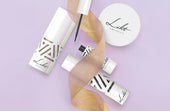
Liht Organics Black Friday: Enhance Your Beauty Routine with Vegan, Organic, and Natural Essentials!
As the holiday season approaches, there’s a sparkle in the air, and we at Liht Organics are thrilled to add a touch o...
-

Organic Makeup That Heals As It Conceals
Liht Organics Empowers Women With Only The Best For Their Beauty NeedsLiht Organics combines the best of both worlds:...
-
![[FEATURE] Liht Organics to debut at TFWA Asia Pacific show](//lihtorganics.com/cdn/shop/articles/1_1.png?v=1759328400&width=170)
[FEATURE] Liht Organics to debut at TFWA Asia Pacific show
‘Organic makeup that’s safe enough to eat’ — Liht Organics to debut at TFWA Asia Pacific show by Hannah Tan | 24 Apri...
-
![[FEATURE] The Singapore-based organic makeup brand is a first-time exhibitor at this year’s TFWA Asia Pacific Exhibition in Singapore in May 2025](//lihtorganics.com/cdn/shop/articles/2_1.png?v=1759328386&width=170)
[FEATURE] The Singapore-based organic makeup brand is a first-time exhibitor at this year’s TFWA Asia Pacific Exhibition in Singapore in May 2025
TFWA Asia Pacific preview: Liht Organics targets expansion in travel retail By DFNI Staff Writer The Singapore-bas...
-
![[FEATURE] Travel Retail Awards 2025 finalists - Best Make-up Product Color-Intense Liquid Lipstick – Liht Organics](//lihtorganics.com/cdn/shop/articles/4_e2f54f0f-fcd1-46e7-9990-fc9d29e35131.png?v=1759328382&width=170)
[FEATURE] Travel Retail Awards 2025 finalists - Best Make-up Product Color-Intense Liquid Lipstick – Liht Organics
Revealed: Travel Retail Awards 2025 finalists By Trbusiness Editor | Wednesday, 23 July 2025 15:21 TRBusiness is th...
-
![[FEATURE] Liht Organics targets expansion in travel retail](//lihtorganics.com/cdn/shop/articles/3_1.png?v=1759328346&width=170)
[FEATURE] Liht Organics targets expansion in travel retail
Organic makeup that’s safe enough to eat: Liht Organics targets expansion in travel retail By Laura Shirk Liht Organ...
-

[FEATURE] Gulf News: TikTok’s strawberry girl makeup trend: How to achieve that rosy glow inspired by Hailey Bieber
Berry, berry, strawberry, love strawberry, like BTS’s J-Hope, the band’s strawberry enthusiast once said. If only we ...
-

[FEATURE] Gulf Business Magazine : Liht-ing it up
Our founder, Nerissa Low was interviewed by Gulf Business, where she discussed her experience launching Liht, an orga...
-

[FEATURE] Daily Vanity: 11 local beauty brands owned by women – you’d be surprised how many of them started in their kitchens!
When we give a shout-out to homegrown beauty businesses, we aren’t just doing it for the sake of supporting local. Th...
-

[FEATURE] Entrepreneur ME : UAE-Based Liht Organics' Nerissa Low On Crafting An Organic Makeup Brand For The Skin-Conscious Consumer
As is the case with the origin stories of so many startups out there, Liht Organics came into being after its founder...
-
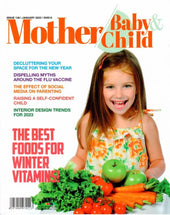
Mother, Baby & Child Editor’s Pick: Liht Organics Lights the Way
Excited to be the Mother, Baby & Child’s ‘Editors pick’ for their choice of Beauty brand.The article outlined the...
-
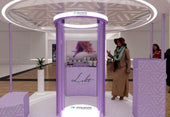
[FEATURE] EmiratesWoman - 8 Fabulous things to do in Dubai this weekend
by SARAH JOSEPHJANUARY 20, 2023Try the UAE’s first virtual reality makeup podium The popular VR-backed makeup exper...
-

Nerissa Low of Liht Organics On The Self-Care Routines & Practices Of Busy Entrepreneurs and Business Leaders
By Maria Angelova, CEO of Rebellious Intl.Date: 4 January, 2023Nerissa Low of Liht Organics On The Self-Care Routines...
-

Liht Organics: Meet the beauty brand that has caught the eye of the Royal Family of Bahrain
By Crystal Lee Digital Editor28 May 2021The world of clean beauty is, ironically, rather murky.That’s because the ter...
-

The latest luxury makeup and skincare drops, including serums, concealers, moisturisers and more
Allisa Noraini21 May, 2021It’s fine to splurge in the name of beauty. This new range of makeup and skincare drops are...
-

These SG Beauty Bosses Are Conquering The World Despite The Pandemic
First Singapore, then the US, China, Germany, Dubai, UK, South Korea, Malaysia, Hong Kong, Thailand, Australia… By...
-

Nerissa Low, Founder at Liht Organics
Written by Callum LaingPosted on December 26, 2020 10 min readNerissa Created Organic Makeup That Actually Improve...
-

Liht Organics – Makeup That Makes You
At Liht Organics, our mission is simple – to provide women (and men) with a safe experience when it comes to beauty s...
-

Why Should We Use Organic Makeup?
We cannot deny that cosmetics is one of our beauty essential item – it enhances our looks and conceals our flaws. Man...
-

Organic makeup and why your skin will love it: Liht Organics founder
By Jolene,July 27, 2020 |7 mins readOrganic make up in Singapore is a trend that is fast-catching on here as we becom...
-

[FEATURE] DC EDIT – Makeup & Confidence: Talking Self-love With Liht Organics’ Founder Nerissa Low
Makeup and confidence — the long, drawn-out fight that many of us have grappled with personally. I’m sure I’m not the...
-

[FEATURE] THE FEMALE CULTURE – I TRIED LIHT ORGANICS AND THIS IS HOW IT WENT
I’m a huge fan of makeup and I love testing out new products so I was pretty excited to get my hands on Liht Organics...
-

[FEATURE] SINGAPORE MOTHERHOOD – The Best Organic and Natural Skincare and Makeup for Pregnant and Breastfeeding Mums in Singapore
Pregnancy is a hormone-volatile period for women. One place where this makes itself seen and felt is on the skin. Som...
-

[FEATURE] AFTER CLINIC HOURS – 21 Back to Beauty Deals in Singapore (2020)
With spas and salons shuttered island wide for two months, I never thought I’d be this desperate for a good old’ Swed...
-

[FEATURE] KUL AL USRA MAGAZINE JUNE 2020
Choosing Pinks & Oranges this summer!Featured: Moisture Burst Lip Glaze in Pink Cupcake.
-
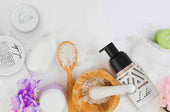
[FEATURE] Award-winning Organic Makeup Brand Liht Organics Gives Back to the Community & Environment During COVID-19
Singapore’s First Organic Makeup Brand with 100% Natural Makeup That Is Safe Enough to Eat Liht Organics promises org...
-

[FEATURE] COSMETICS DESIGN ASIA – COVID-19 ‘WAKE-UP CALL’: SINGAPORE’S LIHT ORGANICS SEES GLOBAL POTENTIAL AMID CLEAN BEAUTY CLAMOUR
Original article at: https://www.cosmeticsdesign-asia.com/Article/2020/06/26/Singapore-s-Liht-Organics-sees-globa...
-

[FEATURE] THE LIFESTYLE COLLECTIVE – BEAUTY SHOULD NEVER BE CRUEL
Date: June 24, 2020Author: Kristen Chen Liht (pronounced as light) Organics is a Singaporean organic makeup brand t...
-

[FEATURE] NÜYOU – 7 ONLINE PLATFORMS TO SHOP FOR CLEAN BEAUTY PRODUCTS
纯净美容(Clean Beauty)的美肤概念,再近几年来越来越受欢迎。随着消费者“爱自己”的美容意识逐步提升,对于用在脸上的所有物品、成分更为关注和讲究。以广义来讲,纯净美容主张使用“干净”成分和无毒配方,让肌肤的可能性损伤减到最小...
-

[FEATURE] COSMOPOLITAN MIDDLE EAST – 3 BENEFITS OF SWITCHING TO ORGANIC BEAUTY PRODUCTS THIS RAMADAN
By Cosmo – May 08, 2020Nerissa Low, founder of Liht Organics, shares the ultimate benefits of going organic this mont...
-

Nerissa Low of Liht Organics: “Seeing Light at the End of the Tunnel; 5 Reasons To Be Hopeful During this Corona Crisis”
Ely Weinschneider, Psy.D.May 8 · 9 min read …It shows us that everyone- whether we are rich or poor, regardless...
-

[FEATURE] AL MARA MAGAZINE APRIL 2020
-

[FEATURE] RetailME April 2020 – Liht Organics Stays Firm On Strengthening GCC Presence
-

[FEATURE] EMARAT AL YOUM NEWSPAPER – 27 MARCH 2020
English Translation:In spring and summer days, women love to have very light makeup in terms of color and texture, ...
-

[ARTICLE] WKND Magazine March 2020 – Know Your Organic Makeup
-

[FEATURE] AVIAMOST DUBAI – March/April 2020
English Translation:Lipstick with organic flowers. Thanks to the rich complex of natural ingredients, the lipstick...
-

[FEATURE] RUSSIAN EMIRATES (MAR/APR ISSUE)
Russian Emirates is a luxury lifestyle and fashion magazine covering information about the UAE, fashion, beauty, j...
-

[FEATURE] – KUL AL USRA MAGAZINE MARCH 2020
GET THE LOOK!
-

[FEATURE] IMAGES Retail ME – Liht Organics Announces GCC-Wide Expansion
Rupkatha Bhowmick Mar 10, 2020 The plan is to reach 75 Liht Organics retail touchpoints by June-July 2020 and touch...
-

[FEATURE] BABY & CHILD SPRING 2020 – NATURAL BEAUTIES
-

[FEATURE] AWQAT DUBAI – Liht Organics: The First Premium Organic Makeup Brand
ENGLISH TRANSLATION:Liht Organics – The First Premium Organic Makeup Brand Liht Organics, a premium organic beauty ...
-

[FEATURE] FRIDAY MAGAZINE – THE RETRO EYELINER LOOK
-

[FEATURE] MOTHER BABY & CHILD – VANITY ESSENTIALS – THE BEAUTY EDIT
-

[FEATURE] Masala! Magazine February/March 2020 Issue – Beauty Debut: Liht Organics
-

[Feature] – TimeOut Singapore – The Best Local Beauty and Skincare Brands In Singapore
For full article, click here.
-

[FEATURE] KUL AL USRA MAGAZINE – LIHT UP YOUR WORLD WITH LIHT ORGANICS
[ENGLISH TRANSLATION]Liht Up Your World With Liht OrganicsThe First Premium Organic Makeup Brand To Debut In The Mi...
-

[FEATURE] SINGAPORE TATLER – 9 Local Beauty Brands You Should Know Of
-

[FEATURE] nüyou August 2019 Issue – 15 Faces To Watch
-

[FEATURE] HONEYCOMBERS – Local Beauty Gurus: Singapore Beauty Brands You Need To Know About
-

[FEATURE] The Wellness Insider – Seeing The Liht With Founder Nerissa Low
-

[FEATURE] 联合早报 (LianHeZaoBao) – Women Entrepreneur Awards 2019 Coverage
-

[FEATURE] THE STRAITS TIMES Life – Clean beauty with a Singapore heart
-

Romantic Organic Makeup Looks for Valentine's Day: Tips, Tricks, and Product Picks
Valentine's Day is the perfect occasion to embrace the beauty of organic makeup. At Liht Organics, we believe in the ...
-
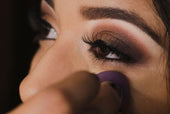
Enhance Your Eyes: A Guide to Eyeliner for Every Eye Shape with Liht Organics
Welcome to the Liht Organics blog, where we believe in celebrating the natural beauty of every eye shape. Today, we'r...
-
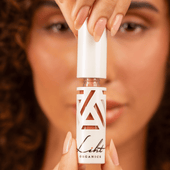
How to do makeup with only lipstick?
At Liht Organics, we believe in the power of clean beauty and the artistry of makeup. Makeup is more than just enhanc...
-

How to Clean Your Makeup Brushes in 6 Simple Steps
Cleaning your makeup brushes may seem like a tedious task, but it's an essential part of your beauty routine. Not onl...
-

Makeup Tips to Help You Look Your Most Flattering on Virtual Meetings!
After more than 2 years of work-from-home arrangement, and possibly hundreds of zoom calls and Google meet virtual me...
-
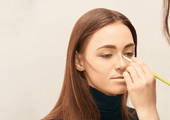
Learn How to Contour with This Simple Guide for Beginners
Want to take your makeup to the next level? Try contouring to achieve a more defined or sculpted look à la the Kardas...
-
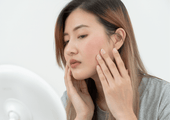
Essential and Easy Makeup Tips for Sensitive Skin
Living with sensitive skin conditions like eczema, psoriasis, and more is already not an easy feat. Throw in makeup t...
-
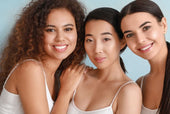
Raising Your Vibration: A Liht Organics Guide for Empowerment This International Women's Day
wp:paragraph As International Women's Day (IWD) approaches, it serves as a powerful reminder of the journey towards s...
-

The Beauty of Going Bare: Why Sleeping with Makeup is a No-No
Have you ever had one of those nights where you're too tired to clean off your makeup? You might believe, "Skipping...
-

Breast Cancer Awareness: Empower Your Beauty with Liht Organics Makeup
During October, we observe Breast Cancer Awareness Month as a way to unite and bring attention to breast cancer whil...
-

The Hidden Dangers of Carmine in Makeup Colorants: Embracing Healthier and Vegan Options
Makeup has become an integral part of our daily routines, allowing us to express our unique beauty. However, as we pr...
-

How can I ensure that my makeup products are organic and won't harm my skin?
When it comes to makeup, it’s important to be mindful of what you’re putting on your skin. With so many products on t...
-
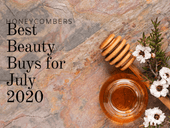
[FEATURE] HONEYCOMBERS – BEST BEAUTY BUYS IN JULY
by Nicole NithiyahWhat’s hot in our beauty hit list: Honest thoughts and top beauty stories we’re swooning over. As w...
-

Liht Organics Introduces Exclusive Gift Sets: Enhance Your Beauty This Festive Season!
As the holiday season approaches and the year draws to a close, Liht Organics is thrilled to present two enchanting g...
-

Get Spooktacular with the Best Halloween Makeup Ideas using Liht Organics' All-Natural, Vegan, and Cruelty-Free Cosmetics!
With Halloween just around the corner, it’s time to let your creativity shine and transform yourself into a spooky,...
-

Celebrating World Animal Day with Liht Organics: Embracing Natural Cruelty-Free Makeup
wp:paragraph As we observe World Animal Day, the team at Liht Organics takes great pride in honoring our pledge to...
-
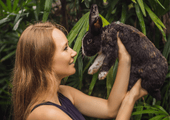
Reasons Why You Should Choose Cruelty-Free Cosmetics Instead!
With increasing exposés unveiling the ugly truth behind animal testing that goes on in the beauty industry, it is lit...
-
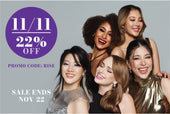
Celebrate Singles Day with Makeup That Empowers – 22% Off at LIHT Organics!
This Singles Day, treat yourself to beauty that goes beyond skin-deep. At LIHT Organics, we believe makeup is about s...
-

Preparing for the Cozy Beauty of Autumn: A Preview of Your Fall Look
As we bid farewell to the warm, sun-kissed days of summer, it’s never too early to start dreaming about the enchantin...
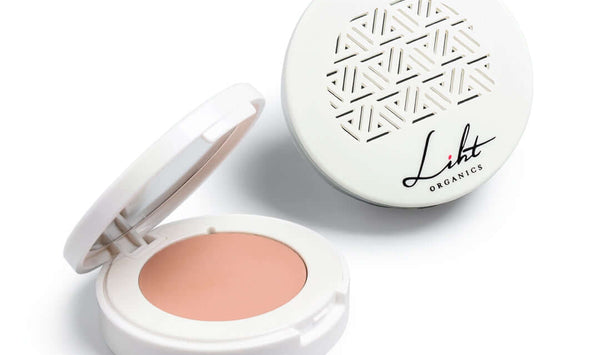
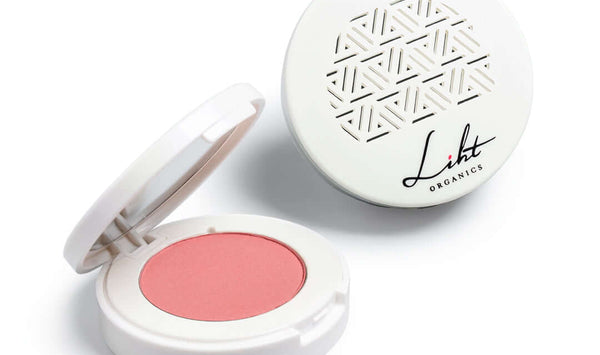
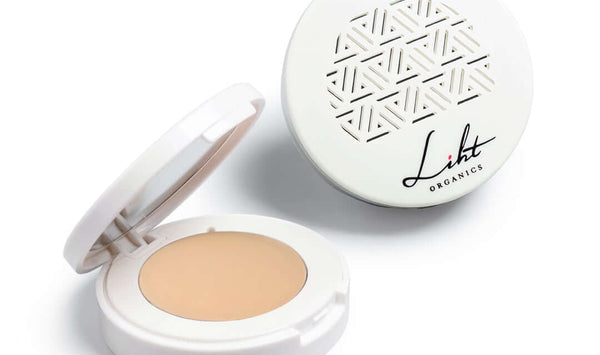
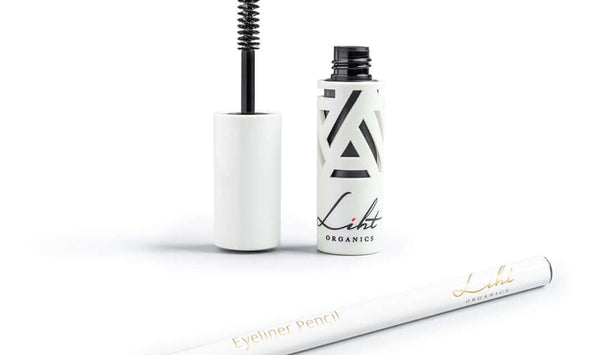
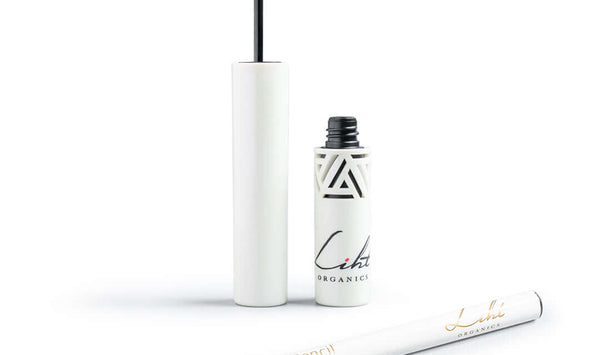
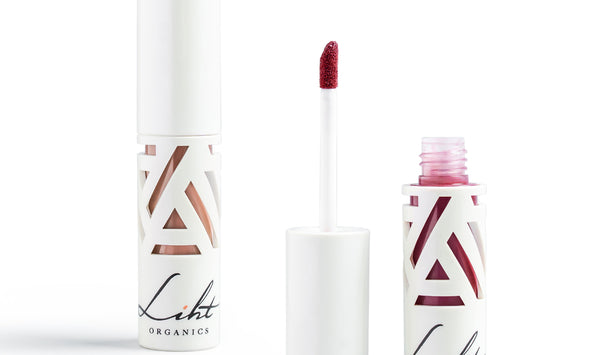
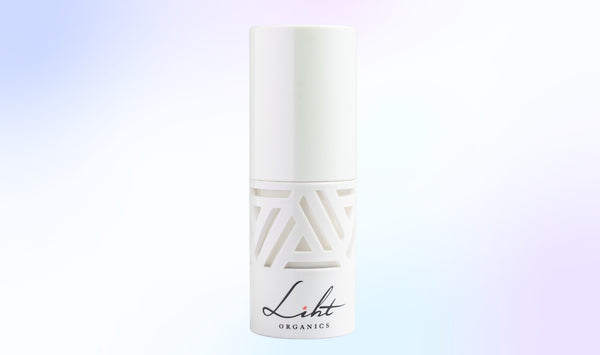

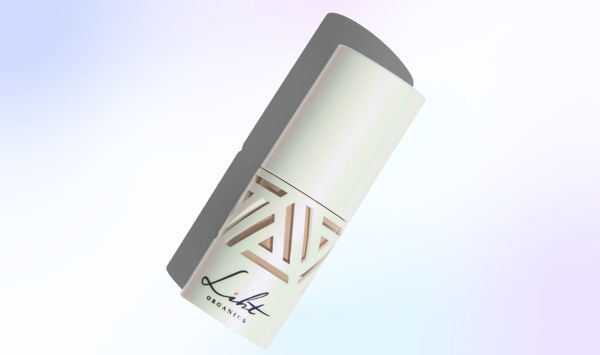
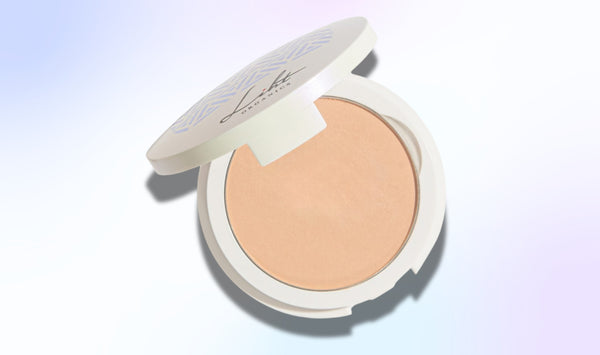
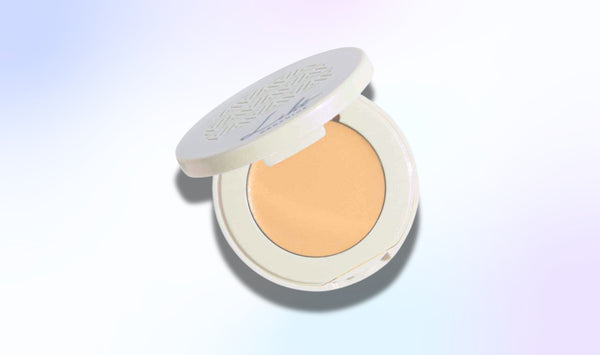
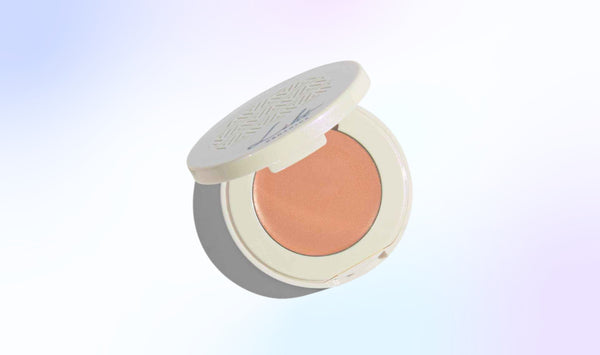
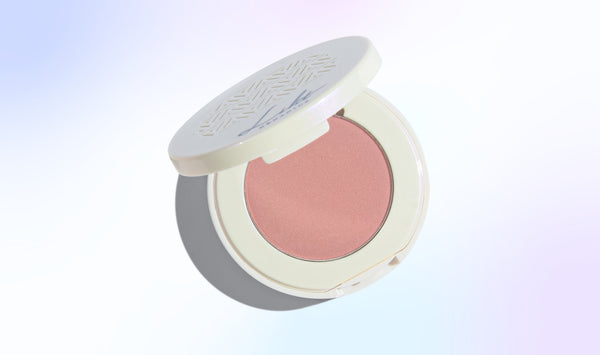
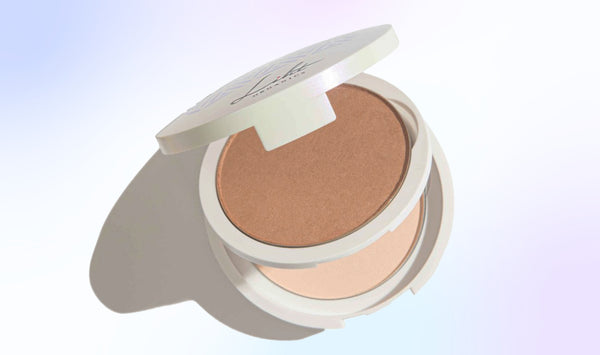
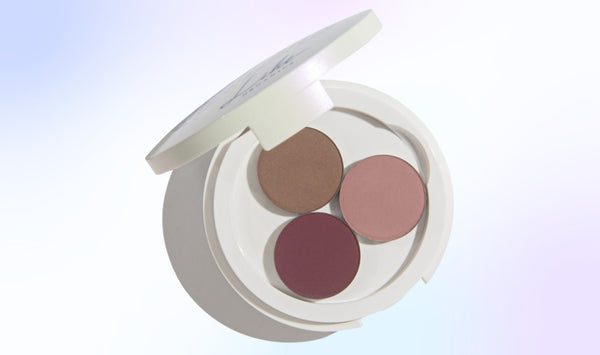
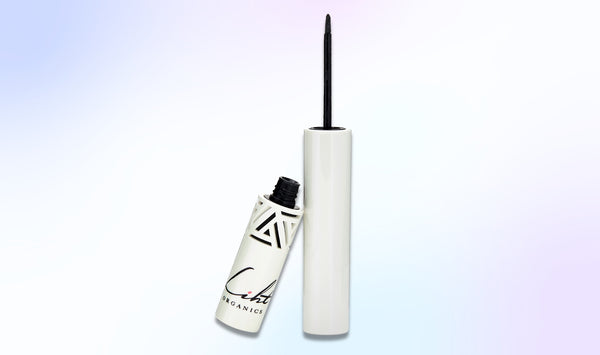
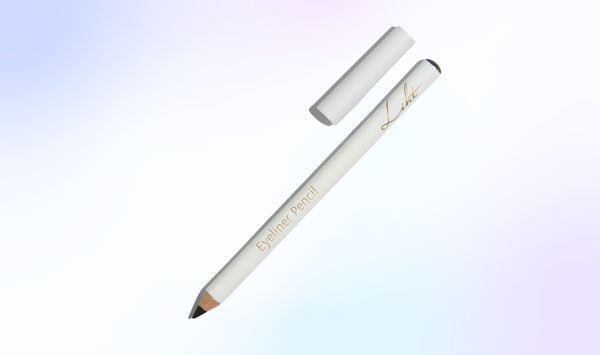
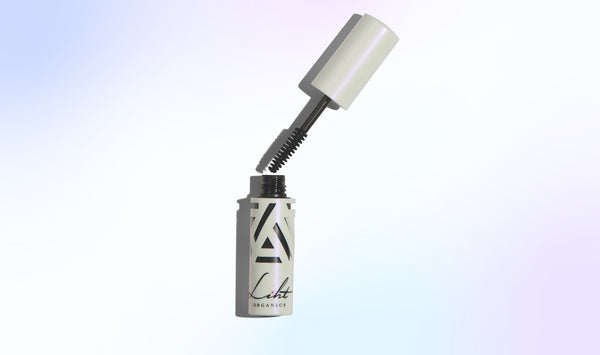
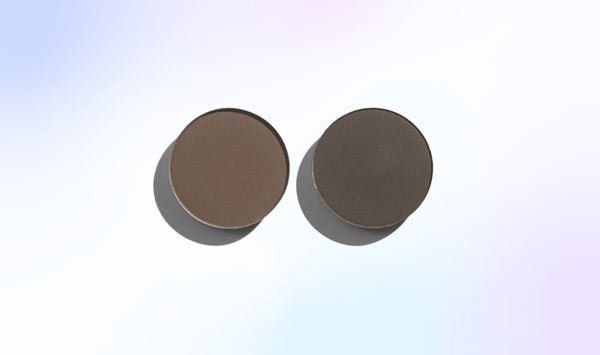
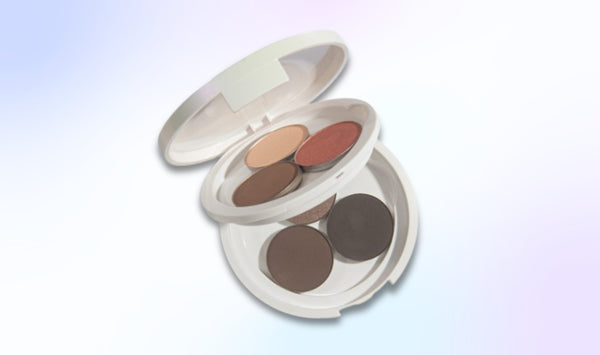
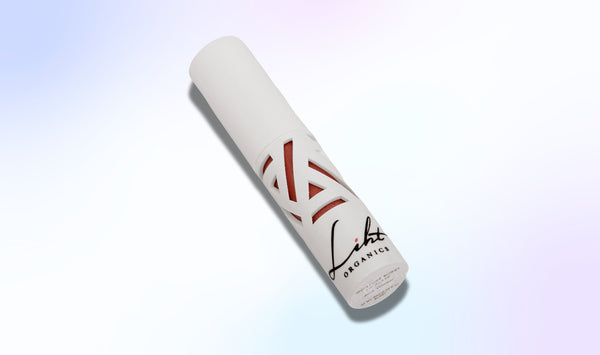
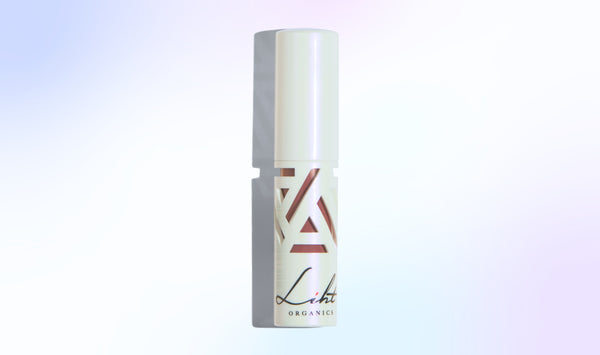
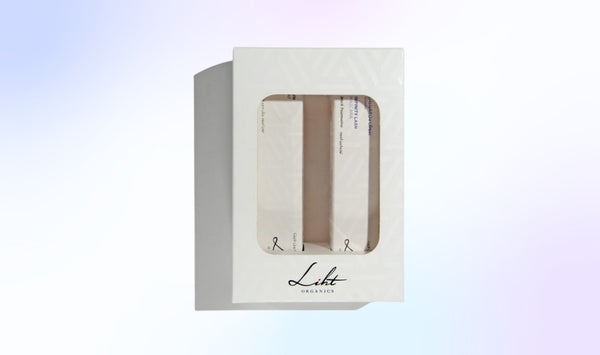
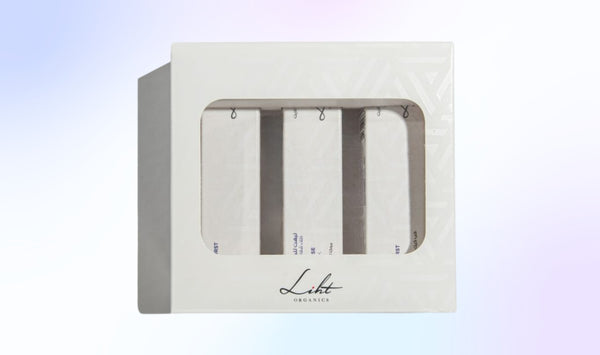


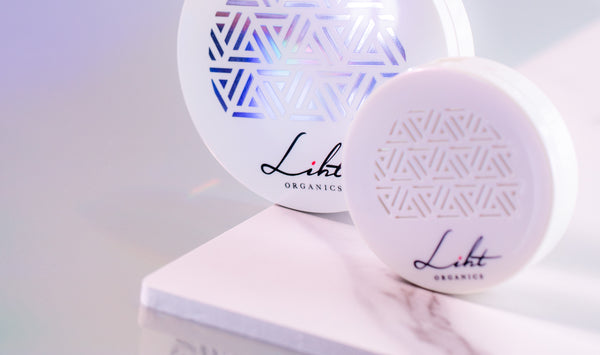
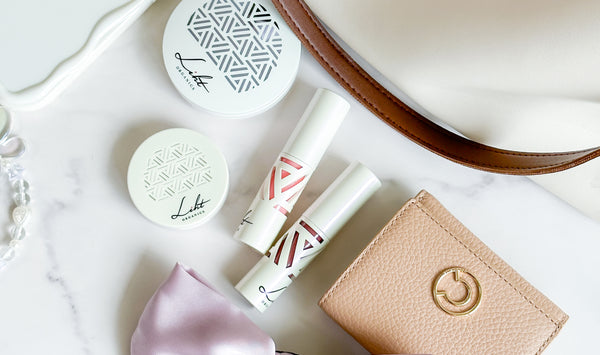
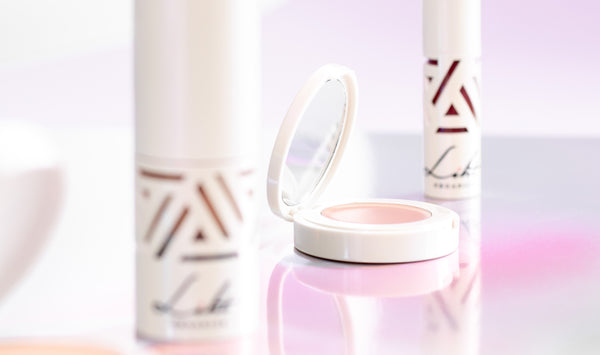




![[FEATURE] Liht Organics to debut at TFWA Asia Pacific show](http://lihtorganics.com/cdn/shop/articles/1_1.png?v=1759328400&width=170)
![[FEATURE] The Singapore-based organic makeup brand is a first-time exhibitor at this year’s TFWA Asia Pacific Exhibition in Singapore in May 2025](http://lihtorganics.com/cdn/shop/articles/2_1.png?v=1759328386&width=170)
![[FEATURE] Travel Retail Awards 2025 finalists - Best Make-up Product Color-Intense Liquid Lipstick – Liht Organics](http://lihtorganics.com/cdn/shop/articles/4_e2f54f0f-fcd1-46e7-9990-fc9d29e35131.png?v=1759328382&width=170)
![[FEATURE] Liht Organics targets expansion in travel retail](http://lihtorganics.com/cdn/shop/articles/3_1.png?v=1759328346&width=170)
































































